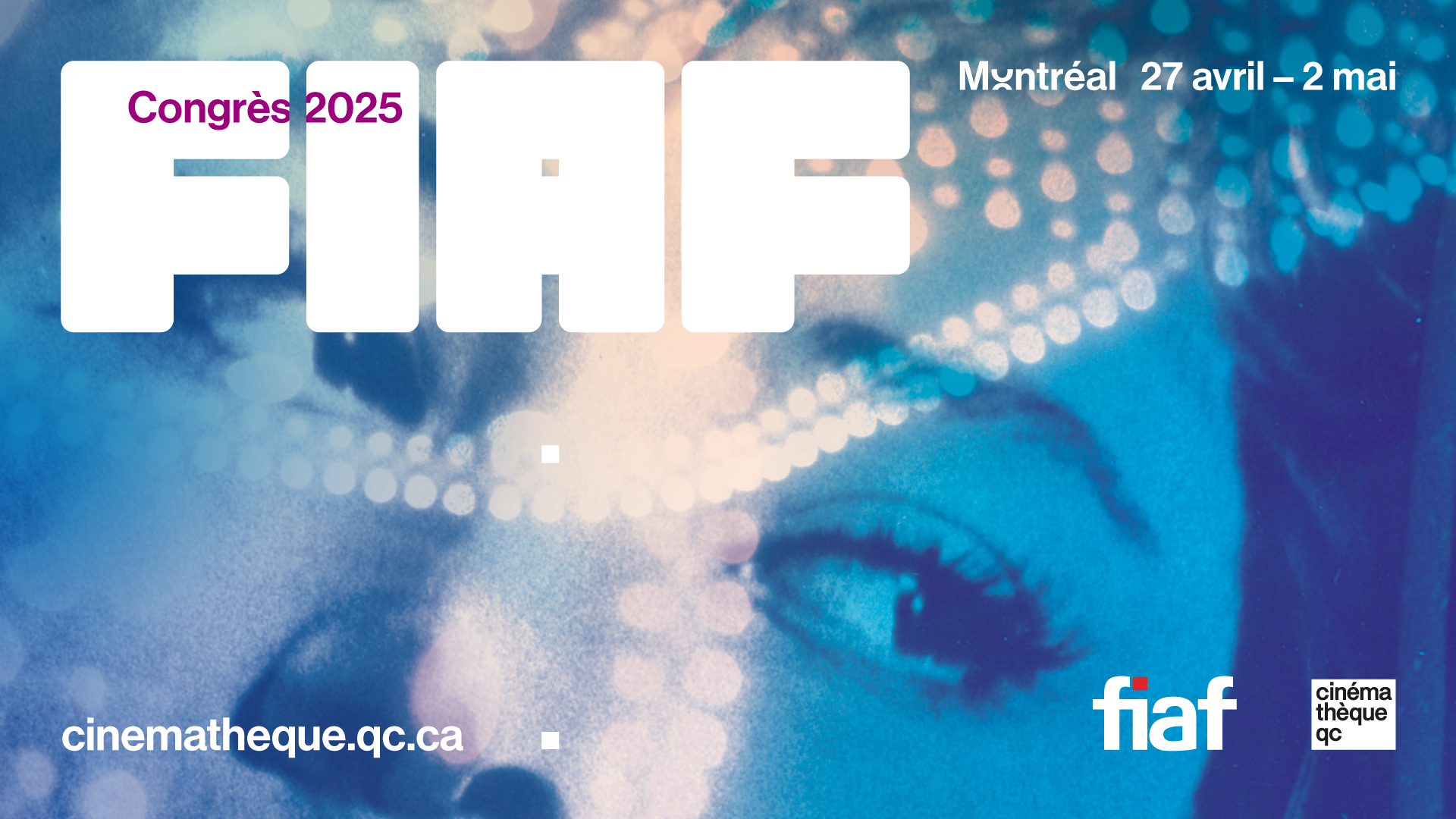It’s budget season! We support our clients during the annual budget process, when appealing to private donors or applying for grants to fund their digital projects.
No matter the museum size, type, or location, here is our toolkit for helping you prepare for the budget process and getting your digital project approved! These best practices are clustered around five key categories: Prioritization, Strategic Alignment, Resourcing, Money, and Selling it up the Chain
1. Prioritization
As a first step, understand your priorities and the criteria for determining priorities. Ask and answer these questions:
- How are you deciding which digital projects go in your proposed budget this year?
- How are digital projects prioritized against non-digital projects in your department’s budget?
- What do you ultimately prioritize as must happen vs. may get cut or pushed to phase 2?
Clarifying your priorities and decision criteria focuses your arguments when advocating for your projects along the way.
PRO TIP: Try the MoSCoW Technique. Must Have. Should Have. Could Have. Won’t have. Label each project (or project element) in one of these categories. Be careful not to mark everything as Must Have’s.
2. Strategic alignment
All organizations have strategic priorities that can be explicitly stated in multi-year strategic plans or indirectly implied by executive teams in what initiatives are supported (and which are not). Find out your organization’s priorities and answer these questions:
- Is your digital project tied to your institution’s strategic plan?
- Are there specific goals or mandates for technology or digital initiatives?
- If yes, speak to these goals directly in your narrative.
- If no specific technology goals, then relate your project back to larger institutional goals (e.g. these goals may be to increase engagement, foster educational outcomes, improve financial sustainability, increase outreach etc.).
3. Resourcing
Cost is not always measured in dollars and cents. Unpack the staff time and capacity for planning, executing and maintaining a digital project. Answer these questions:
- Do you have the staff to support the digital project? If not, can you resolve this by including a budget line for a hire or consultant?
- Do they have the time and/or skills required to execute the project?
- Do you have the time and/or skills to maintain the project for its life cycle?
- Does your organization have the necessary infrastructure (e.g. Wi-Fi, etc)?
4. Money
Ultimately, a budget process is about defining expenses. We recommend breaking down costs by one-time fees, maintenance fees and hidden costs. One-time fees typically vary based on project scope. Get preliminary quotes from vendors and prioritize what’s in scope, nice to have, or pushed to Phase 2 (try MoSCoW technique above). This is a helpful exercise particularly if only partial funding has been secured and projects must be reduced in scope or unbundled into multiple phases.
Maintenance fees are the direct costs for maintaining a digital project for its life cycle. This may include software licensing, hardware maintenance and replacement, and service fees. Hidden costs fall outside estimates or firm fixed quotes and can impact both one-time or recurring costs. They are triggered when scope is expanded or estimates are inaccurate leading to higher than anticipated billable hours (CultureConnect never sends surprise bills and carefully defines project scopes to provide firm fixed prices). Add a buffer into the budget to cover these unexpected costs.
With quotes in hand, answer these questions for your project:
- What is the actual dollar figure you need to put into the budget? Define the one-time, recurring and hidden costs.
- Can you unbundle the project(s) into phases? Or, clearly identified what you ‘must have’ for the project to move forward?
- Can you clearly define the ROI (return on investment)? For example, how many users are expected to engage with the digital project vs. the cost of the project?
5. Selling it up the chain
Ultimately budgeting is about selling your idea to leadership – be it department heads, the executive team, or the board of directors. Take an honest look at the role of Digital Media within your museum and what buy-in is needed across the functional departments within your organization as well as up the chain of command.
When speaking with different stakeholders, put yourself in their shoes and frame up the purpose and value of your project using their language. Avoid using technical language that does not translate to someone outside digital media.
Typical Techno Jargon: “Populate boxes in a user interface wireframe with media”
Restated for Interpreters: “Is there a detail of the artwork that is significant? We can include that as a close-up image.”
When speaking with different stakeholders, put yourself in their shoes and frame up the purpose and value of your project using their language. In the table below, we break this down:
When selling your idea throughout the budget process, ask yourself:
- Who are you speaking to? What matters to them?
- Have you removed technical jargon?
- Have you answered the ‘why’ for this project in addition to the ‘what’ and ‘how’? Does the ‘why’ tie back to the strategic goals of the museum and/or your department?
For more tips and guidance we encourage you to get in touch!




